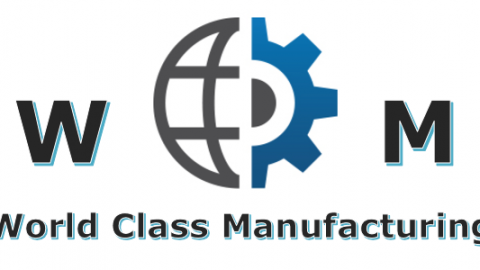
The WCM is based on three fundamental factors: The management by processes , that is the possibility of visualizing the entire process of product creation; The Kaizen , that is a change in small steps that interests the staff; and finally, The involvement of all, in the sense that (read Pela again) quality management must be “total”: it must therefore be done by everyone together.
The WCM, according to FCA, was born in Japan, theorized in America and perfected in Italy. There is not just one possible approach, used by all companies in the world; rather, it is customized to the particular characteristics of this or that organization. WCM is currently the common language that unites all the Fiat Chrysler Automobiles and CNH Industrial factories around the world.
First of all, World Class Manufacturing is a methodology that applies to all areas of the plant; the idea is that a good result can only be achieved if all the resources operating in the factory are involved. It aims to eliminate losses and waste, increase productivity, improve the quality, well-being and safety of people and produce sustainably. Such as? Putting together LEAN production , a method that aims to minimize waste until it is eliminated; the TPM (Total Productive Maintenance) that seeks the efficiency of the plants, the TQM (Total Quality Management) which aims at full customer satisfaction by eliminating waste related to quality, the JIT (Just in Time) which aims at customer service and continuous flows and finally the TIE (Total Industrial Engineering) for the optimization of stations and assembly processes. The integration of all these aspects, in addition to reducing and eliminating losses and waste, optimizes all the performance of the production system.
The WCM has taken the ideas and techniques that come from these methodologies, reorganizing them in ten managerial pillars and ten technical pillars. Among the latter there are aspects that are also quite distant from one another, such as the ability to identify and exploit losses and waste as well as the cost impact (Cost Deployment) to which a precise origin, safety and protection of the environment must always be attributed. ‘environment, skills development, quality control, autonomous and professional maintenance in all facets, problem solving or the resolution of individual problems, workplace organization, logistics. But what matters is the underlying philosophy that connects them, or the optimization of all the individual functions of the factory to achieve an overall result judged to be excellent,
The system is based on the systematic reduction of waste and losses by adopting rigorous methods and standards, enhancing the contribution of all employees in every sector of the factory, in compliance with the ideal objective of “zero defects, zero failures, zero waste and zero inventory “. Fiat has introduced it since 2005 and gradually spread to all sectors and companies that have created FCA and Cnhi. The methodological development started with the collaboration with the major experts in European and Japanese production processes, with the aim of bringing production to the level envisaged by the best world standards (World Class in fact), as recognized by the WCM association of the same name.
Productivity and Quality Office